If you are looking for a family dog, one of the things to take into consideration is how much work the dog needs. Busy households with not a lot of time may want to consider one of these low maintenance dogs. They don’t need the “frills and pampering” or many vet visits other breeds require.
For our list, we did not take into consideration activity or “energy” level. After all, every dog should be exercised and played with to stay happy and healthy.
#1 – Chihuahua (short hair)
The short-haired Chihuahua hardly requires grooming, thanks to minimal shedding. And with big pricked ears, you don’t even have to check those often like you would with a floppy-eared dog. Even if you get a long-haired Chihuahua, they are so small that grooming hardly takes any time at all. Plus, Chihuahuas are one of the longest-living dog breeds due to their minimal health concerns. They could even live up to 20 years!
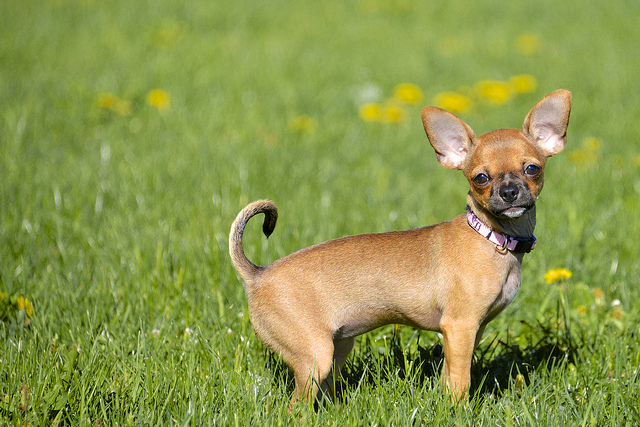
#2 – Australian Cattle Dog
This herding breed has a short coat that only requires occasional baths and brushing. Other than that, all you have to do is trim their nails and check their teeth and ears once in a while like you would with any other dog. Best of all, they are one of the healthiest dog breeds, whose vet visits will be few. In fact, the oldest dog on record was an Australian Cattle Dog named Bluey, who was 29 1/2 years old!
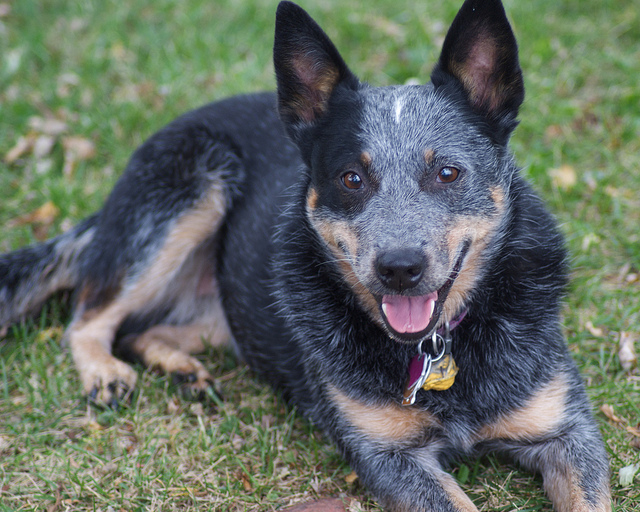
#3 – Ibizan Hound
This rarer Egyptian hound is quite easy to care for. Despite their history of hunting rabbits, Ibizan Hounds are polite in a household. These dogs have massive ears that always stick upright, meaning ear infections are uncommon. Also, their thin coats shed minimally, and they’re generally healthy dogs. They can live 11 to 14 years, which is an ideal lifespan for a larger dog.

#4 – Labrador Retriever
Labs have been the most popular dog breed year after year. Not only are they friendly and outgoing, but they’re also low maintenance dogs for grooming and health. They need regular brushing since they shed quite a bit, but luckily, their coats are thin and smooth. The main thing to remember is to keep their floppy ears clean so they don’t get infections.
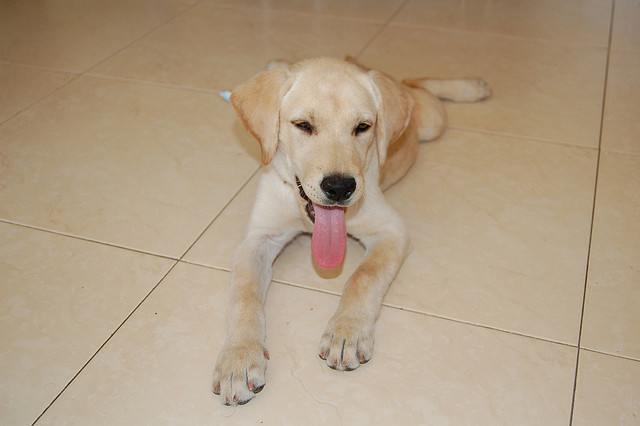
#5 – Dachshund (smooth coat)
Doxies are another low maintenance breed, especially if they have a short coat. But even long-coated Dachshunds can be easy to handle due to their small size. Despite being bred to hunt badgers, these dogs are also happy curling up on a comfortable lap. As these dogs get older, they will need a few more vet visits due to their inherited back issues. Their floppy ears can also cause infections, so don’t forget to clean them regularly. But luckily, they’re fairly healthy beyond that.

#6 – Russell Terrier (smooth coat)
Jack and Parson Russell Terriers are fun to have around and equally easy to care for with their smooth coats. If they have a rough or broken coat, you will have to strip them, which is definitely time-consuming. But otherwise, they’re low maintenance, requiring little brushing, bathing, and vet care. Their healthy nature has also earned them a long lifespan, living between 13 and 16 years.
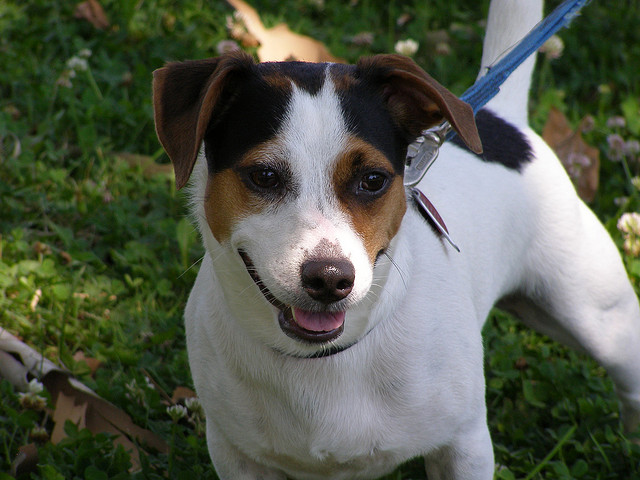
#7 – Toy Fox Terrier
As a small terrier that needs hardly any maintenance, the Toy Fox Terrier is as easy to take care of as a cat. In fact, they may be easier to care for since you don’t have to clean out a litter box. Like most of the dogs on this list, these pups have minimal shedding and few health concerns. They also have a long lifespan, living an average of 13 or 14 years.
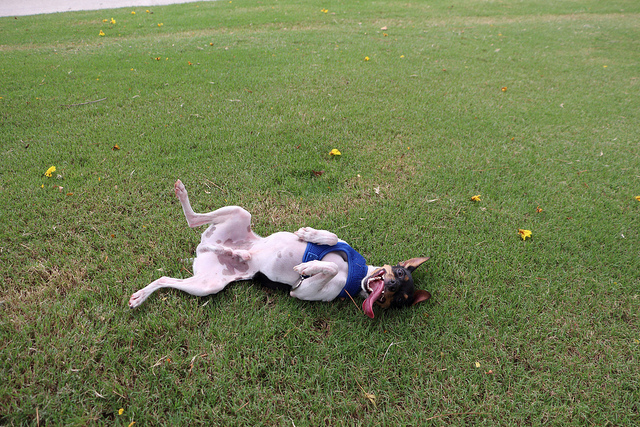
#8 – Miniature Pinscher
These miniature low maintenance dogs have an easy to care for coat and minimal bathing requirements. They’re also generally healthy, living about 12 to 15 years. So, you shouldn’t have to spend an excess of time and money on vet appointments. A bonus with small breeds is that you don’t even have to feed them that much, making them easier on your wallet too.

#9 – Beagle
Although high in energy, these dogs are pretty low in maintenance. Beagles don’t shed much and they’re an incredibly healthy breed. Despite being larger than Chihuahuas and Miniature Pinschers, they still live around 12 to 15 years. Like the Labrador, you will want to keep an eye on those droopy ears, but otherwise, they are pretty easy to care for.
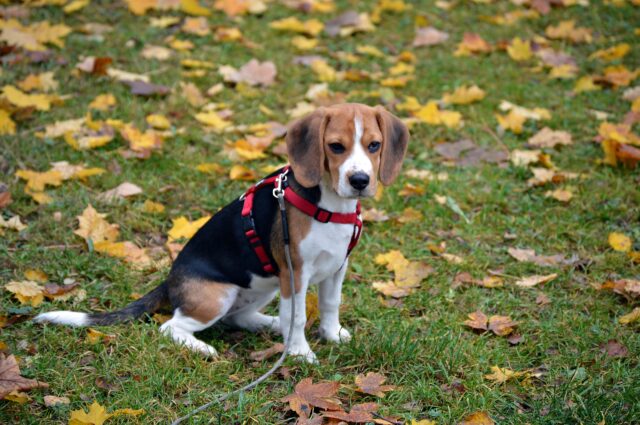
#10 – Dalmatian
The Dalmatian is a larger breed whose short coat makes them easy to maintain. While their thin fur can shed quite a bit, they only need occasional brushing and bathing. They can have some medical issues though, but it’s often related to genetics more than care. It’s common for Dalmatians to become deaf, but they can still live a normal, healthy life.
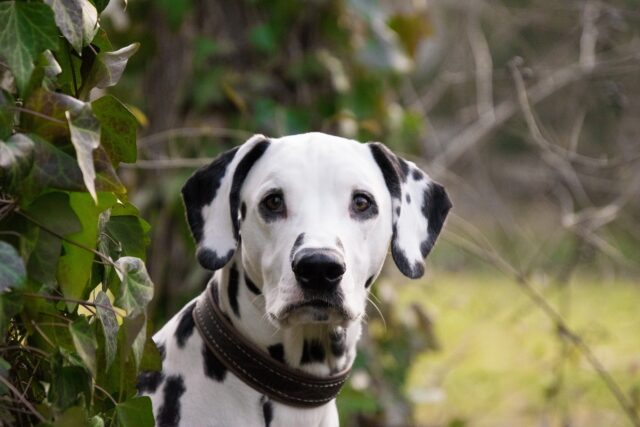
What Are Some Characteristics That Make a Dog Breed Low Maintenance?
A low maintenance dog breed can be a great choice for individuals or families who may not have the time, energy, or experience to handle high maintenance breeds. Several characteristics define these breeds, making them easier to care for:
- Coat Type: Dogs with short coats, like Dalmatians or Beagles, require less grooming compared to breeds with long or curly fur. They typically need fewer baths and brushings, which can significantly reduce the time spent on grooming.
- Health: Certain breeds are less prone to health issues, making them easier to maintain. For instance, Mixed breed dogs or “mutts” often benefit from genetic diversity, which can lead to fewer health issues than some purebred dogs.
- Exercise Needs: Some breeds require less exercise than others. Breeds like Basset Hounds or Bulldogs are often content with moderate walks and don’t need extensive daily exercise, which can be beneficial for owners with a more sedentary lifestyle.
- Trainability: Dog breeds known for their intelligence and willingness to please, such as Labrador Retrievers, can be easier to train. These dogs are more likely to learn commands quickly and respond well to basic obedience training.
- Temperament: Breeds with an easy-going and adaptable nature tend to be low maintenance. Dogs like the Shih Tzu or the Cavalier King Charles Spaniel, known for their calm and friendly demeanor, often adapt well to different environments and social situations.
- Size: Smaller breeds are often considered lower maintenance as they require less space, can be easier to travel with, and consume less food than larger breeds.
These traits, however, should be guidelines rather than rules. Individual dogs within a breed can vary widely in temperament, health, and behavior. It’s important to spend time with a potential pet before deciding if they’re the right fit for your lifestyle.
 Toledo, United States.
Toledo, United States.